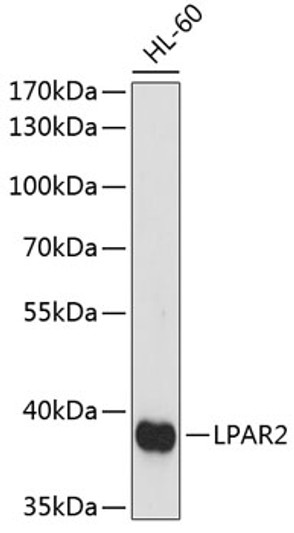| Tissue Specificity | Expressed in the lung and lower levels seen in the kidney. Present also in normal and neoplastic prostate tissues, and prostate cancer cell lines. |
| Function | Growth factor of the TGF-beta superfamily that plays essential roles in many developmental processes, including neurogenesis, vascular development, angiogenesis and osteogenesis. Acts in concert with PTHLH/PTHRP to stimulate ductal outgrowth during embryonic mammary development and to inhibit hair follicle induction. Initiates the canonical BMP signaling cascade by associating with type I receptor BMPR1A and type II receptor BMPR2. Once all three components are bound together in a complex at the cell surface, BMPR2 phosphorylates and activates BMPR1A. In turn, BMPR1A propagates signal by phosphorylating SMAD1/5/8 that travel to the nucleus and act as activators and repressors of transcription of target genes. Positively regulates the expression of odontogenic development regulator MSX1 via inducing the IPO7-mediated import of SMAD1 to the nucleus. Required for MSX1-mediated mesenchymal molar tooth bud development beyond the bud stage, via promoting Wnt signaling. Acts as a positive regulator of odontoblast differentiation during mesenchymal tooth germ formation, expression is repressed during the bell stage by MSX1-mediated inhibition of CTNNB1 signaling. Able to induce its own expression in dental mesenchymal cells and also in the neighboring dental epithelial cells via an MSX1-mediated pathway. Can also signal through non-canonical BMP pathways such as ERK/MAP kinase, PI3K/Akt, or SRC cascades. For example, induces SRC phosphorylation which, in turn, activates VEGFR2, leading to an angiogenic response. |
| Protein Name | Bone Morphogenetic Protein 4Bmp-4Bone Morphogenetic Protein 2bBmp-2b |
| Database Links | Reactome: R-HSA-2129379Reactome: R-HSA-381426Reactome: R-HSA-8957275Reactome: R-HSA-9754189Reactome: R-HSA-9758920Reactome: R-HSA-9761174Reactome: R-HSA-9793380Reactome: R-HSA-9827857Reactome: R-HSA-9830364Reactome: R-HSA-9830674Reactome: R-HSA-9834899 |
| Cellular Localisation | SecretedExtracellular SpaceExtracellular Matrix |
| Alternative Antibody Names | Anti-Bone Morphogenetic Protein 4 antibodyAnti-Bmp-4 antibodyAnti-Bone Morphogenetic Protein 2b antibodyAnti-Bmp-2b antibodyAnti-BMP4 antibodyAnti-BMP2B antibodyAnti-DVR4 antibody |
Information sourced from Uniprot.org










